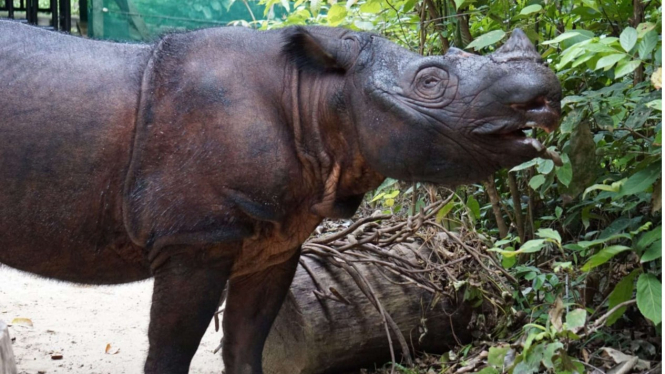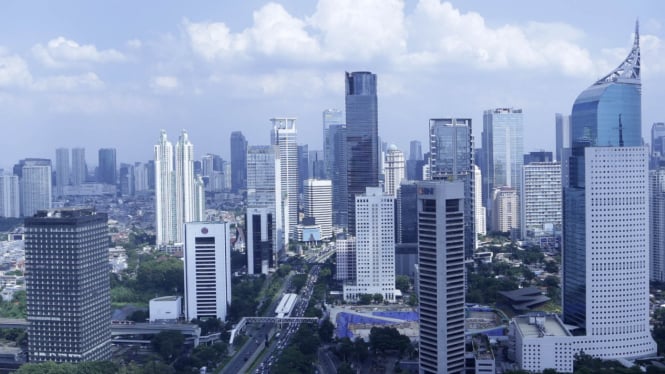World Rhino Day on September 22: Fun Facts about Rhino
- KEHATI
While the habitat of the Javan rhino is focused in the Ujung Kulon National Park. Previously, the Javan rhino was spread across the islands of Java and Sumatra. Southeast Asia to India and China.
Population and Preservation Status
Badak putih jantan terakhir.
- U-Report
The Sumatran rhino population is estimated to be less than 100 individuals in the wild based on the 2016 Population and Habitat Viability Analysis (PHVA) and only lives in Indonesia.
While the Javan rhinoceros’ number is about 75 individuals based on data from the Ministry of Environment and Forestry in 2021. The Sumatran rhino and the Javan rhino are both critically endangered according to the IUCN Red List.
The Role of Rhinos for Nature and Humans
Badak
- VIVA/Muhammad AR
Rhinos can maintain the balance of the natural ecosystem. Rhino dung and footing can be a place for live plant seeds.
Rhinos are bush and leaf-eating animals that stimulate the growth of new shoots, where new leaf shoots can absorb more carbon dioxide than old shoots.
In Indonesia, rhinos that live in Ujung Kulon National Park, Way Kambas National Park, Leuser National Park, and Bukit Barisan Selatan National Park are still not ready to be developed into ecotourism objects.
Threat
Badak.
- U-Report
One of the causes of the low population of Sumatran rhinos is the low reproductive capacity of individual rhinos in their habitat.
In addition, hunting and the availability of adequate habitat are likely to be a serious threat to the long-term sustainability of rhinos.
Although it is suspected that there is no hunting for the Javan rhinoceros, food availability is a threat in itself, where invasive plants are slowly driving away the native plants that feed the Javan rhinoceros in Ujung Kulon National Park.
Lecturer at the Faculty of Forestry, Bogor Agricultural University (IPB) Hariyanto revealed that the rare invasion (Arenga obtusifolia) is the main cause of the natural degradation of the Javan rhino habitat.























